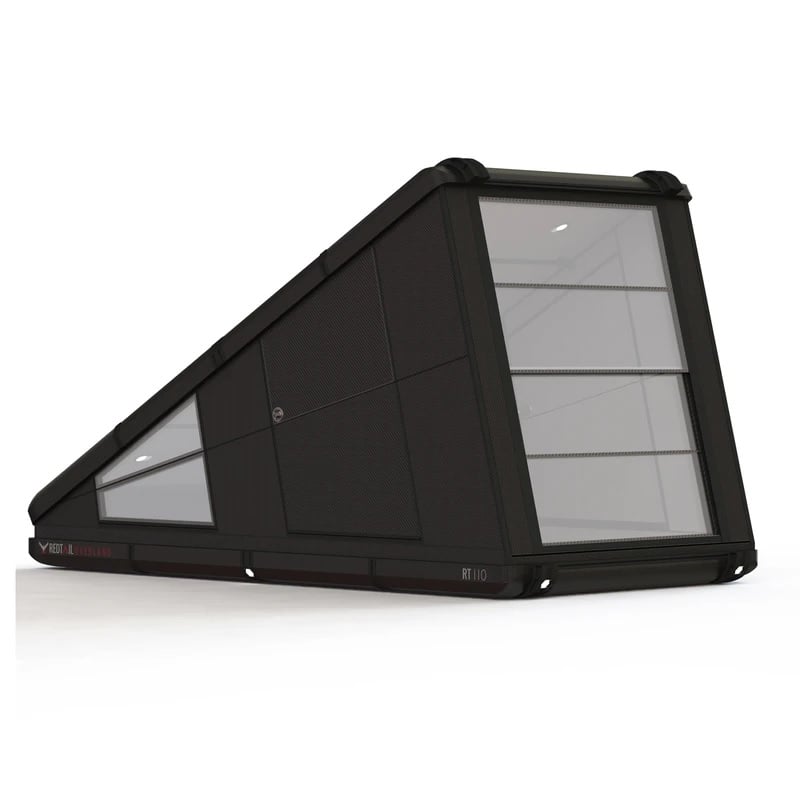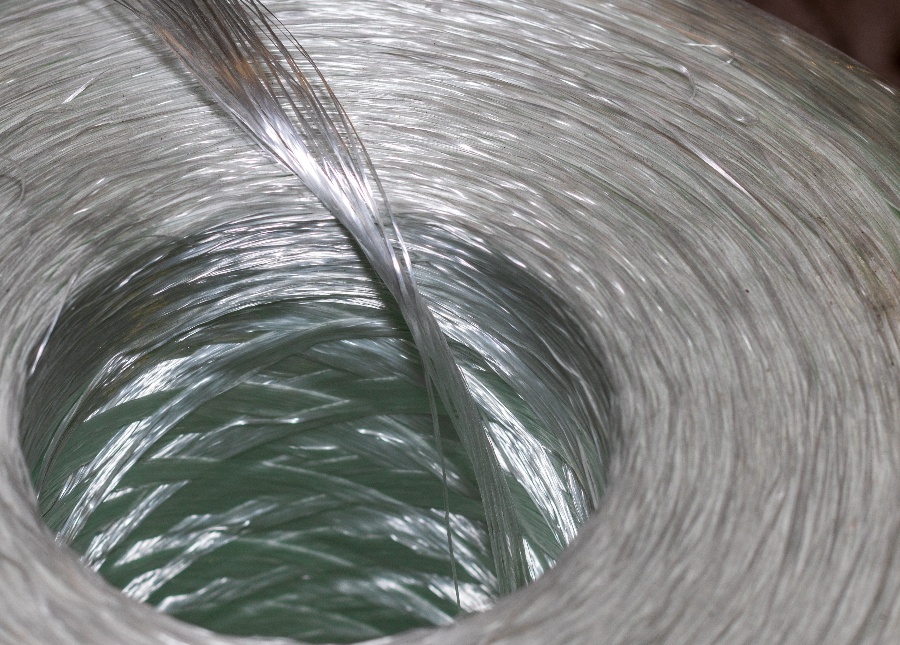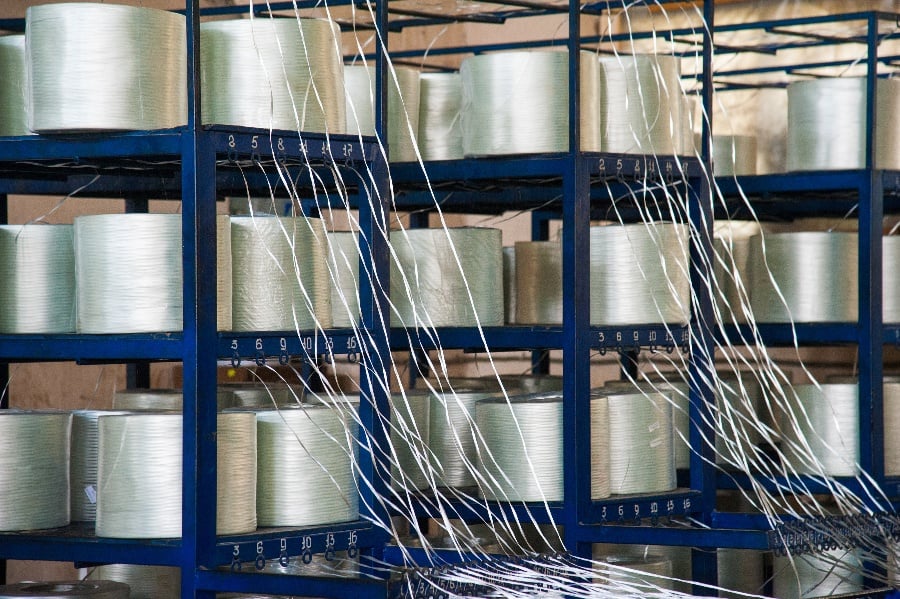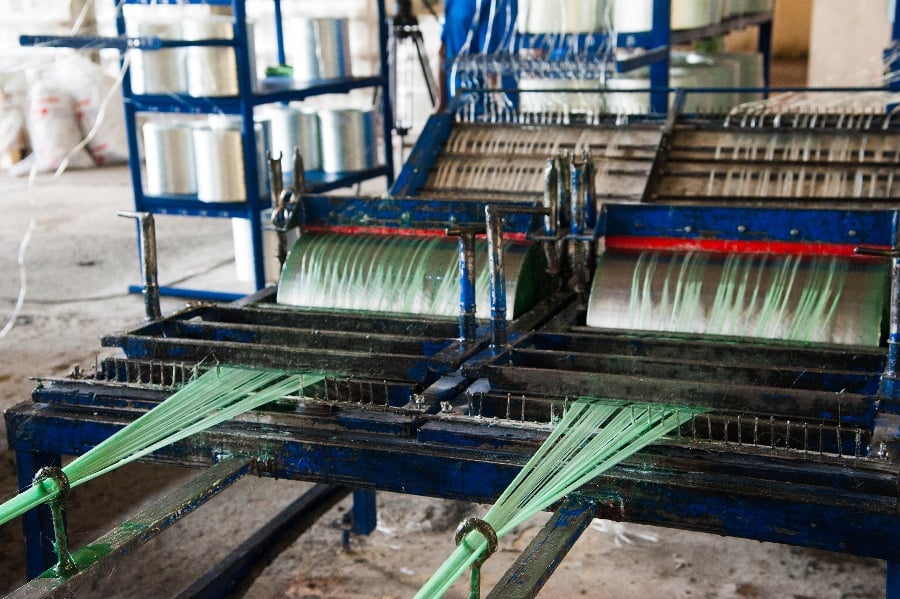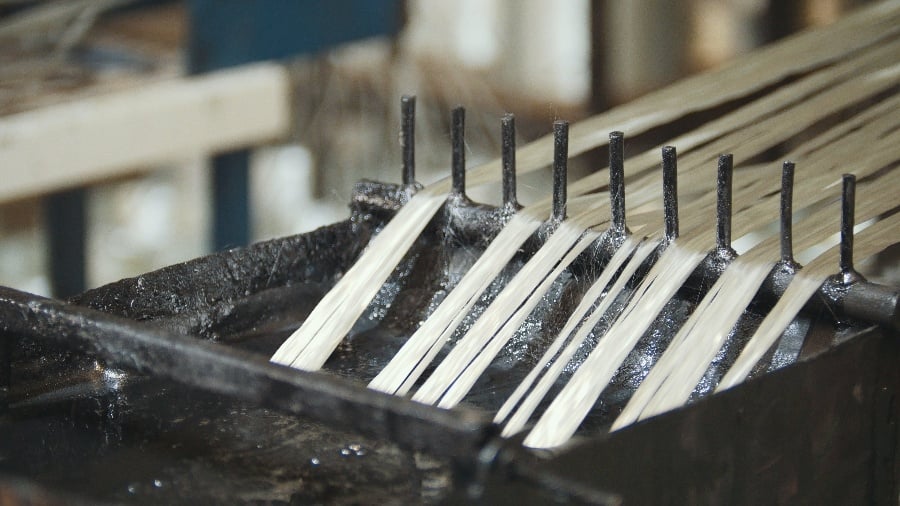
Composite materials of various kinds have an important place in modern manufacturing, particularly in industries like aerospace that require materials with high strength that are also lightweight.
A common type of composite is a plastic reinforced by some kind of fiber to give it greater strength.
Fiberglass is one example that has been around for many decades and has found a wide range of uses. A newer kind of composite uses carbon fiber as the reinforcing material. As manufacturing techniques improve, the price of carbon fiber is decreasing, meaning we will see more and more applications where its use becomes economically viable.
But what exactly is carbon fiber, anyway? And what makes it so attractive for use in composites? Keep reading to find out all the basics about this tough material.
The Development of Carbon Fiber
Carbon fiber is a polymer (a long chain-like molecule) made almost entirely of carbon. If you have encountered forms of carbon like ash in a firepit or the graphite of a pencil lead, you might be surprised to find out that carbon can be used to make an incredibly strong material.
Everything depends, however, upon the structure of the carbon atoms and how they are bonded together. In carbon fiber, the carbon atoms have a structure that is highly organized and contains strong bonds. How, though, was this particular form of carbon created?
Unsurprisingly, the development came in several stages. An important first step was the carbonization of polymers. Both Joseph Swan in England and Thomas Edison in the United States were working on electric light bulbs in the late 1800s and needed materials for the filament — the thin wire-like element inside the bulb that glows as electricity runs through it.
Both inventors carbonized organic fibers (like cotton) by heating them to high temperatures in the absence of oxygen. This process drives out other atoms while leaving behind carbon, yielding a finished product that looks like the original fiber but is almost completely made of carbon. The absence of oxygen is crucial; otherwise, the fiber would just burn to ash.
Carbon fibers created in this way, however, were pretty brittle. They were helpful for lighting, but certainly not for imparting strength to anything. It was not until 1958 that Roger Bacon, a researcher with Union Carbide near Cleveland, Ohio, produced carbon fibers that were both flexible and strong. His methods were far too expensive for producing carbon fibers at a useful scale, but his results inspired others to continue developing this promising material.
The 1960s saw improvements in the manufacturing process to the point that carbon fiber began to be used in highly specialized applications like rocket nozzles and heat shields for spacecraft.
Another significant development was in the use of other sources for the raw fibers that were carbonized. The first commercially used carbon fibers in the US were produced from rayon. Researchers in Japan and elsewhere showed how polyacrylonitrile and petroleum-based pitch could also serve as useful precursors.
In recent decades, progress has continued to be made in manufacturing techniques to allow for higher-quality fibers and lower costs. For example, though carbon fiber remains 10-12 times more expensive than steel in automotive applications, this is a huge improvement from a cost of around 35 times that of steel in the early 2000s.
How Is Carbon Fiber Made?
The process of manufacturing carbon fiber is complex and involves several steps.
First, the polymer precursor needs to be produced. For example, if the fiber will be made from rayon, that polymer is created from a chemical process of combining monomers (the “links” that make up the polymer chain) with a catalyst that causes the polymerization process.
Second, the formed polymer is spun into long fibers, using one of several possible techniques. These fibers are washed and also stretched. The stretching process both helps to align the molecules in the fiber to produce a stronger finished product and also allows the fiber to reach the desired diameter.
The third step is called stabilizing, in which the fibers are heated at a relatively low temperature (around 390-590° F) in the presence of oxygen. This step causes a change in the chemical bonds within the fibers, which allows for better results from the carbonization process.
After stabilizing, the fibers are carbonized, which requires heating them to between 1,830-5,500° F, this time without oxygen present (to prevent combustion). The individual carbon fibers that result are typically about 5-10 micrometers in diameter. For comparison, an average human hair is about 60 to 80 micrometers.
The carbon fibers then have their surface treated by exposing them to certain gases or acids. The result is an etching of the surface that enhances their ability to bond with a resin when used in composites.
Finally, the carbon fibers undergo sizing, which is the application of a protective coating to prevent damage to the fibers in the subsequent manufacturing process.
The finished fibers can then be employed in various ways. They are often woven into a cloth that is then combined with a resin, like epoxy, to form a strong composite.
What Is Carbon Fiber Used For?
Carbon fiber reinforced plastic (CFRP) has a strength that is comparable to steel while having a weight comparable to plastic. It thus has a strength-to-weight ratio much higher than that of steel. This makes it an attractive material for use in applications where strength is important and weight must be kept to a minimum.
For this reason, many applications of carbon fiber today are in the automotive and aerospace industry. The wings and body sections of aircraft are increasingly made from composites and carbon fiber is a common choice. SpaceX even initially planned to use carbon fiber to build its Starship.
Carbon fiber has also found a home in much more down-to-earth applications like the shafts of golf clubs, arrows, or bicycle frames.
As we noted earlier, as carbon fiber prices come down, we will probably see more uses of it, especially in composites. It isn’t right for every application, however. For instance, it is brittle and electrically conductive, properties that can create significant problems in some settings. That’s why another composite, fiberglass, can often be a better choice. While not as strong as carbon fiber, it is an excellent insulator and has greater elasticity. It is also significantly cheaper.
Here at Tencom, we have experience working with both fiberglass and carbon fiber pultrusions. We know the strengths and limitations of each. If you’re wondering which material might be the best fit for your project, our engineers would be happy to talk. Let’s start the conversation.





